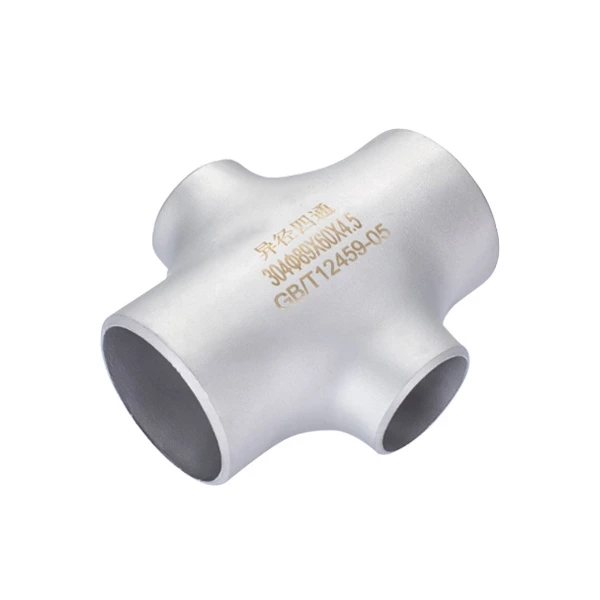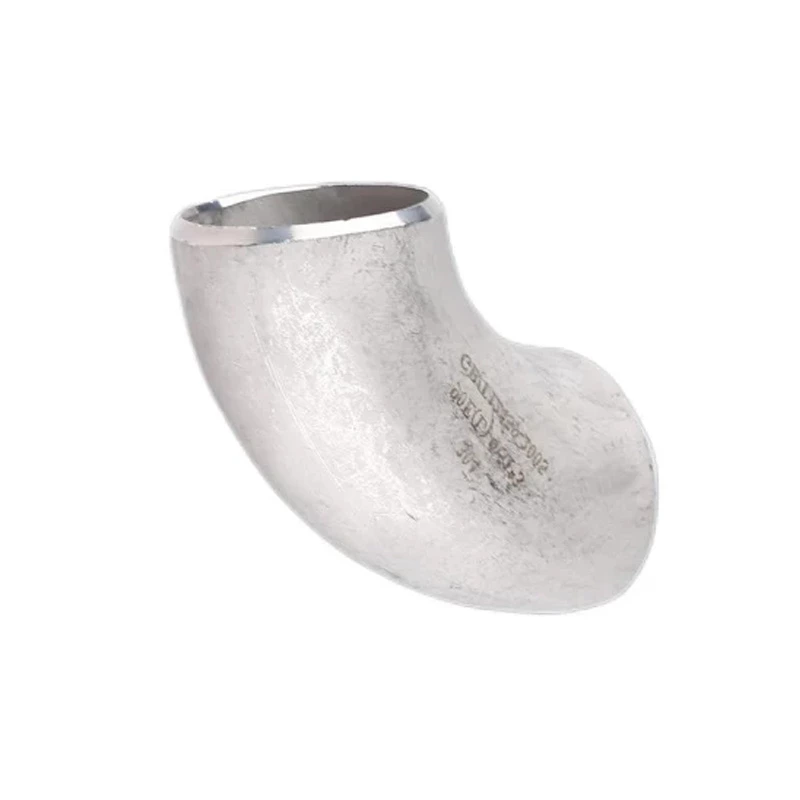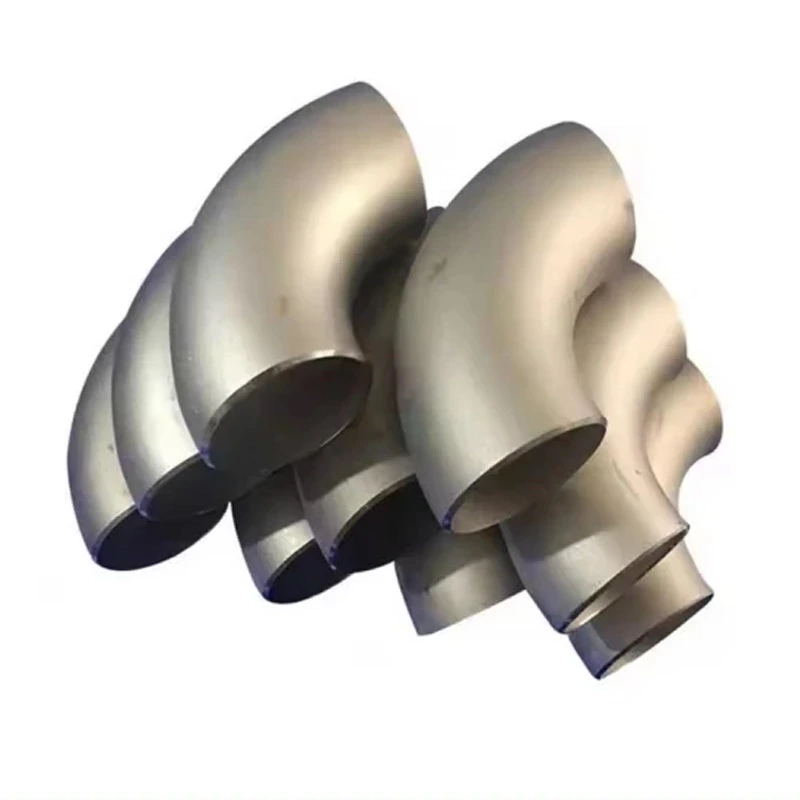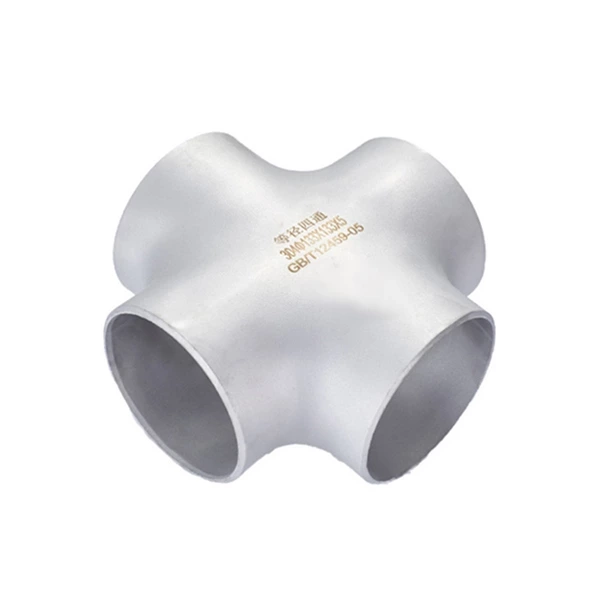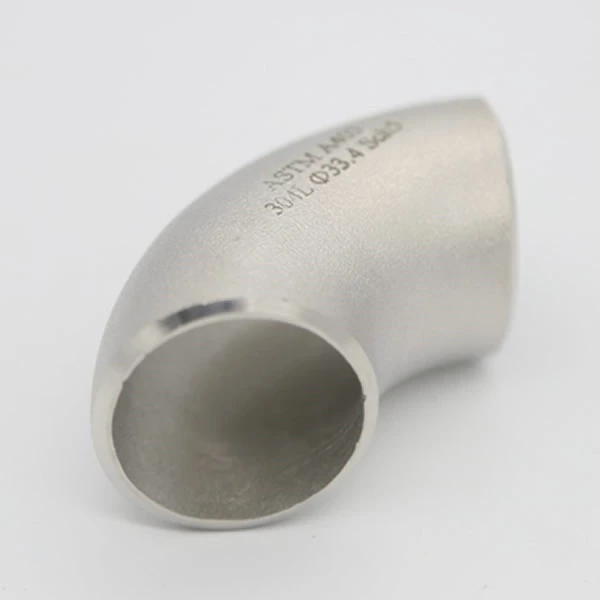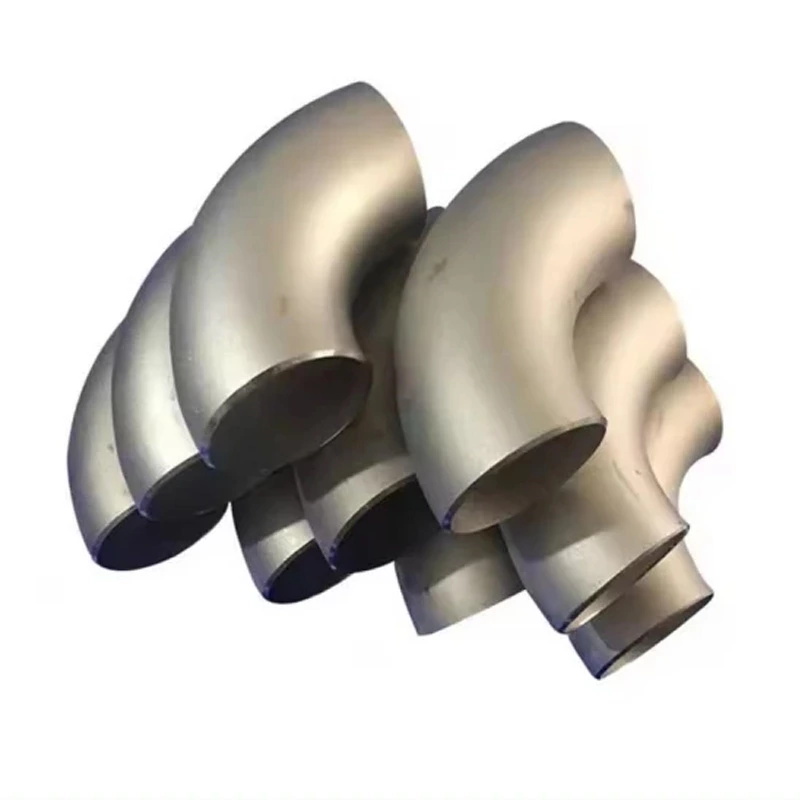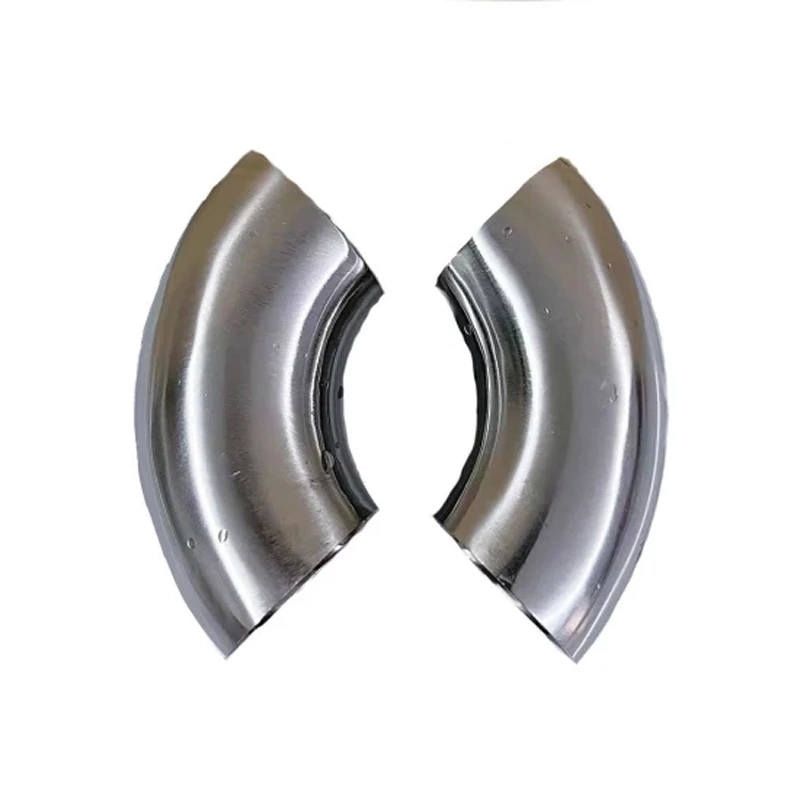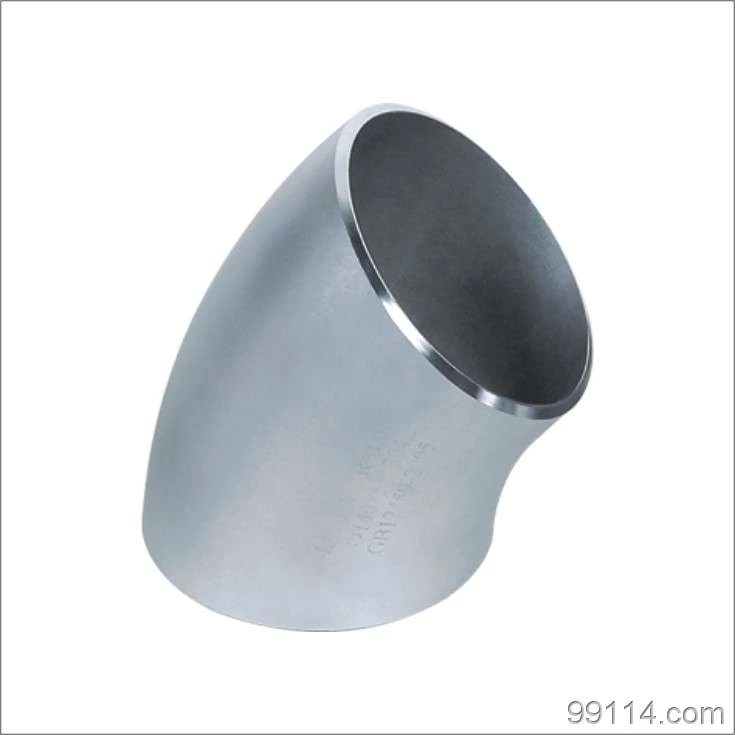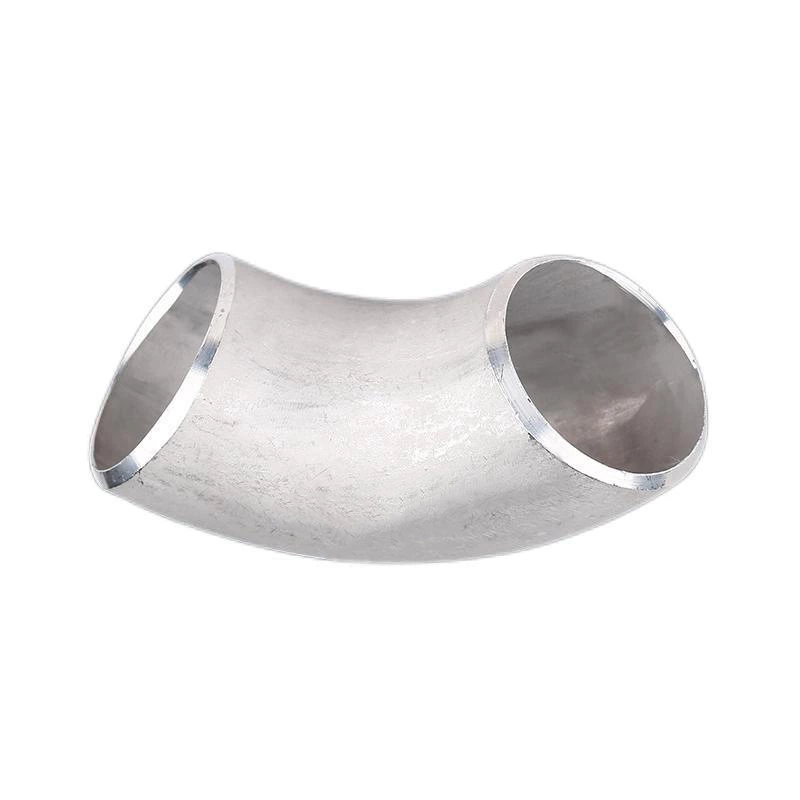How To Avoid Slag Inclusion When Welding Thick-walled Stainless Steel Pipe Fittings
Stainless Steel Weld Fittings There are many types and widespread applications. It is forming a large-scale high-tech industrial group with broad market prospects and important strategic significance. Stamping materials can be classified into different types according to different classification standards. According to the performance, they can be divided into microelectronic materials, optoelectronic materials, sensor materials, information materials, biomedical materials, ecological and environmental materials, energy materials and smart (intelligent) materials. These stamping materials have different performances and show good use value in different regions and industries.
When connecting stainless steel pipe fittings to pipes, pay attention to slag inclusion during welding. Slag inclusion means non-metallic slag inclusion. The main reason for this phenomenon is that the groove processing on the pipe or the stamping elbow product is incorrect, that is, the angle is too small. This is one reason. Another reason is that the current during welding is too small and the viscosity of the slag is too large. Due to the high viscosity, the slag cannot float to the surface, which causes the slag inclusion phenomenon. Another reason is that the torch flame is not powerful enough during gas welding, the workpiece cleaning work is not done well when welding stamped elbows and pipes, the use of oxidizing flame, or the failure to pull out the slag in time when the swing amplitude is too small, etc., all cause welding slag inclusion. After the skin on the welding rod falls off in blocks, it is not fully melted. Multi-layer and multi-pass welds are also one of the reasons. If slag inclusion occurs during welding, it will reproduce the phenomenon of water leakage or air leakage during the pressure test or use after the welding is completed, so it is necessary to avoid such phenomenon when welding stamped elbows.
The raw material of thick-walled stamped elbows not only has a qualified creep rupture curve, but also has a moderate price for pipes, and the construction is relatively convenient compared to other varieties. The connection form belongs to the current relatively standard mutual melting hot-melt connection form. The aperture of the pipe fitting is larger than the inner diameter of the pipe of the same specification. Because there is no mechanical connection method of local reduction in diameter in the system, the system fluid resistance is relatively small.
Thick-walled stamped elbows are made of a variety of materials, such as carbon steel, manganese steel and nickel steel. Ordinary bronze stamped elbows are more common in ordinary tap water pipes, but with the improvement of living standards, many tap water pipes have a strong impact on the pipes. Therefore, they are often used in high-temperature steam transmission pipes and water-gas pipes. Conveying pipes and other pipes with severe wear. Because the stamped elbow is non-corrosive, non-corrosive and heat-resistant, it can be widely used in power, metallurgy, mining, coal, chemical and other industries. It is an ideal pipe for conveying sand, stone, coal powder, ash, slag, aluminum liquid, processable granular materials and corrosive media.
1. Application in mining and coal industry:
(1) Coal: Coal preparation and long-distance pipeline transportation generally adopt wet transportation. The transport pipe is required to be both non-corrosive and non-corrosive. The pipe can be used as a long-life transport pipe with considerable economic benefits.
(2) Mine: The filling of the mine, the transportation of concentrates and tailings will seriously wear the pipe. The service life of the powder ore conveying pipes used in Panzhihua, Daye Mine and other places in the past was less than one year. Replacing the pipe can extend the service life. About 5 times.
2. Application in metallurgy and power industry:
The transportation of coal powder, ash, mud, limestone slurry, etc. in metallurgy and power industry requires a large number of metal pipes every year. Replacing other pipes with ceramic composite pipes has the characteristics of high safety, good service life, convenient installation and significant economic benefits.
Thick-walled stamped elbows will not be corroded, pitted, rusted or worn, which can make the structural components always maintain the integrity of the engineering design. They have good corrosion resistance, mechanical strength and high elongation, and are easy to process and manufacture, which can meet the needs of architects and structural designers. All metals react with oxygen in the atmosphere to form an oxide film on the surface. The iron oxide formed on ordinary carbon steel continues to oxidize, causing the rust to continue to expand and form holes in the later stage. The carbon steel surface can be electroplated with paint or metal that is not afraid of oxidation; to improve the corrosion resistance of stamped elbows. Stability elements such as Ti, Nb, and Mo have better weldability. When using the same type of chromium stainless steel welding rod, preheating above 200°C and tempering at about 800°C after welding should be carried out. If the weldment cannot be heat treated, chromium-nickel stainless steel welding rods should be used.
In order to improve the welding quality, the end of the thick-walled stamped elbow is grooved, with a corresponding angle and a corresponding edge. This requirement is also relatively strict. The thickness of the edge, the angle and the deviation range are all specified. The nominal quality and mechanical performance are basically the same as those of the pipe. In order to facilitate welding, the steel type of the pipe fittings and the connected pipes is the same.
